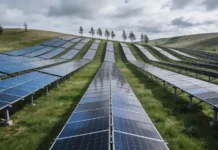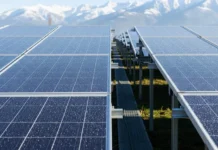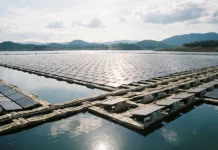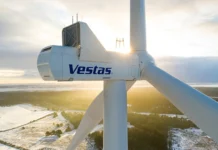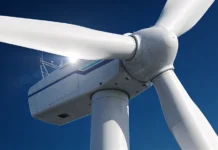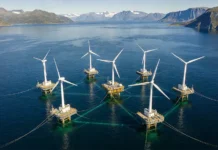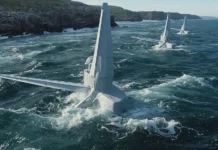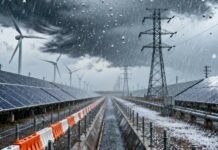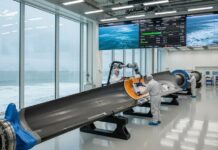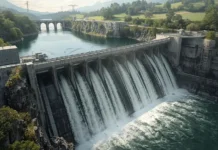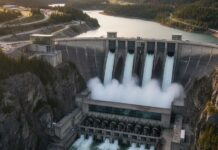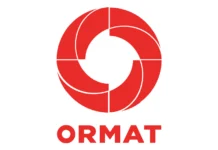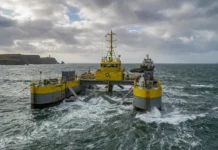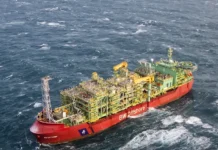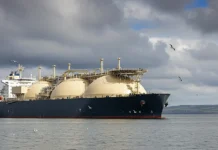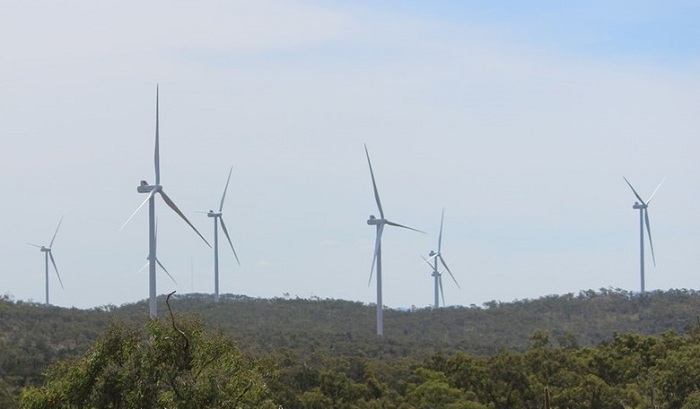A power cable connecting offshore wind farms in both Denmark and Germany has been exempted from European Union rules reserving a minimum capacity for traders, grid operators Energinet and 50Hertz said.
Power cables connecting two countries in the 27-member bloc – so-called interconnectors – must make at least 70 per cent of their capacity freely available to traders to ensure the free flow of power in the internal electricity market.
The European Commission had now granted a 10-year exemption with a possible 15-year extension for the Kriegers Flak Combined Grid Solution (CGS), which has a capacity of 400 megawatts (MW), Danish grid operator Energinet and its project partner German grid company 50Hertz said.
“It is very positive that the EU has understood that Krieger’s Flak Combined Grid Solution is a unique project that works on completely different terms than traditional international connections,” said Soeren Dupont Kristen, head of electricity systems at Energinet, adding its design was incompatible with the 70 per cent rule.
When the wind was blowing, the CGS uses its full capacity to transport the offshore wind power from the Danish Kriegers Flak and German Baltic 1 and 2 offshore wind farms onshore.
However, excess capacity at times of no or low wind would be offered to the electricity market, meaning the cable is always fully utilised, Energinet said.
Commercial operation of the connection is scheduled for mid-December. Kriegers Flak is developed by Swedish utility Vattenfall and will have a capacity of 600 megawatts (MW) when fully operational by the end of 2021. The Baltic 1 and 2 offshore wind farms (336 MW combined) have been in operation since 2011 and 2015 respectively and are owned by German utility EnBW.



